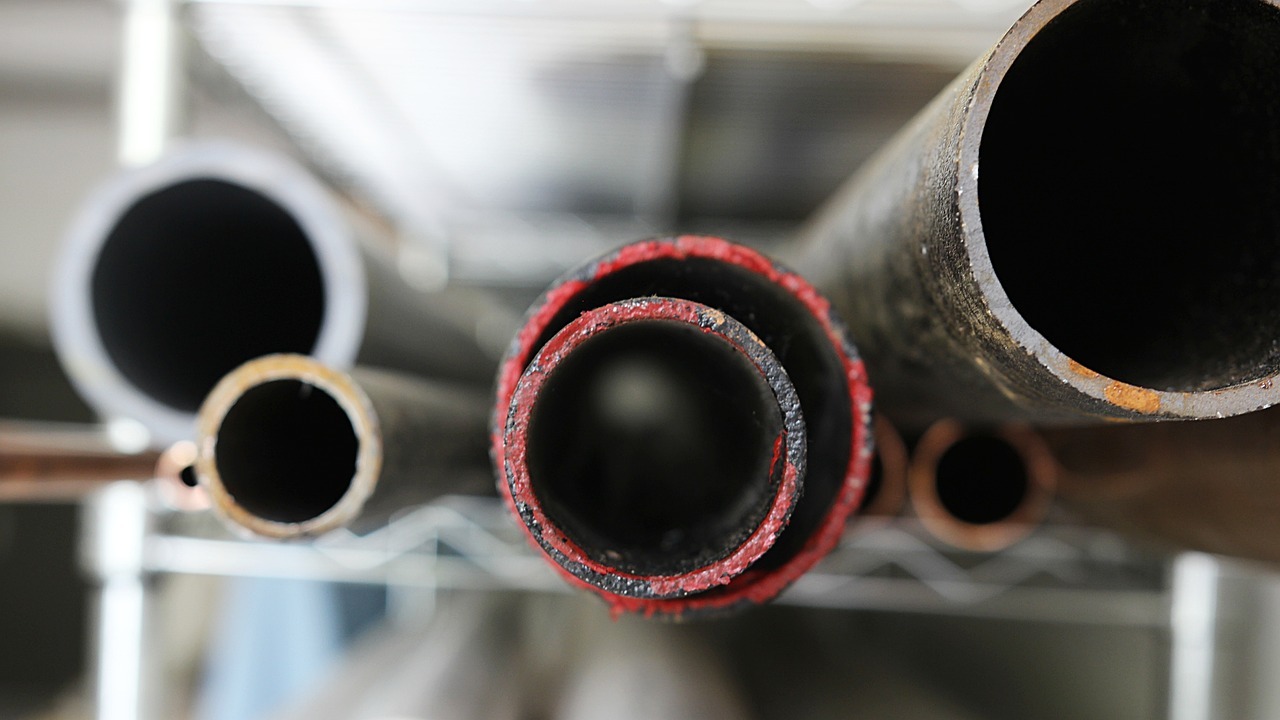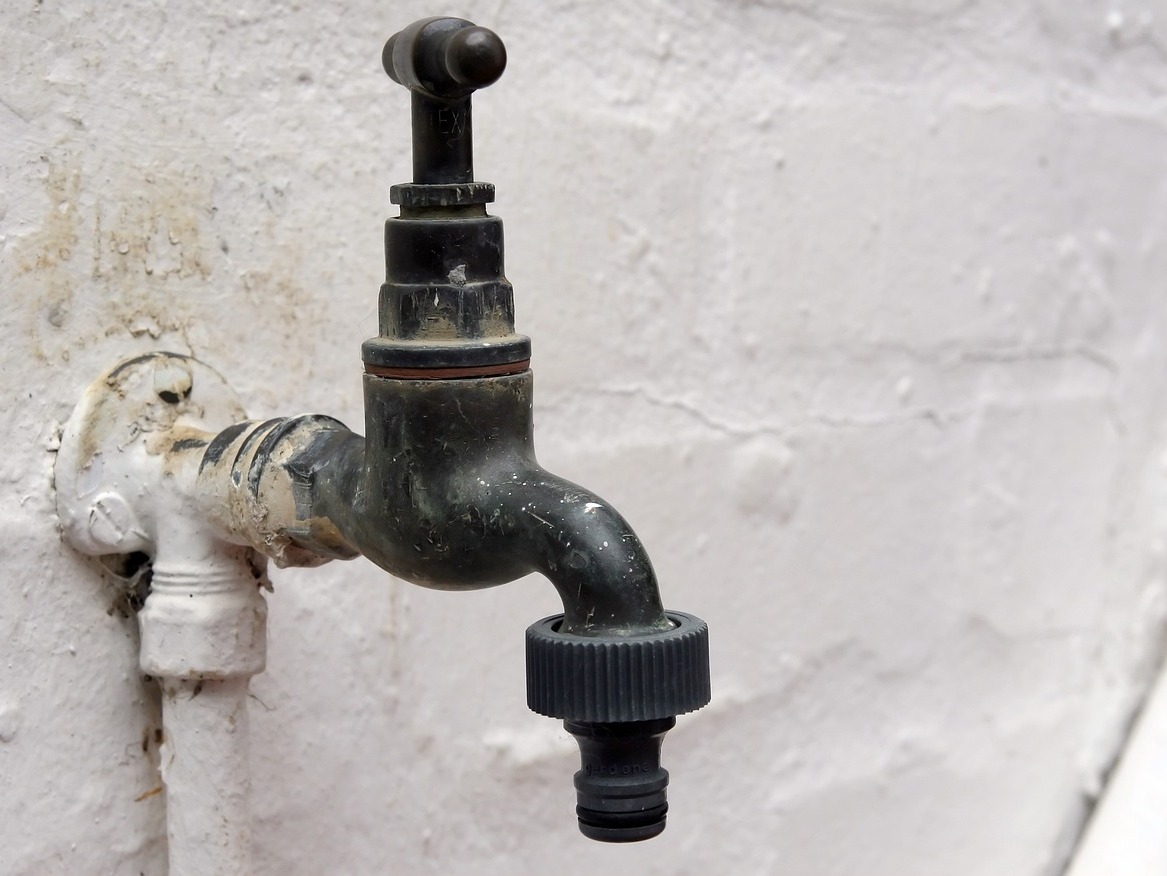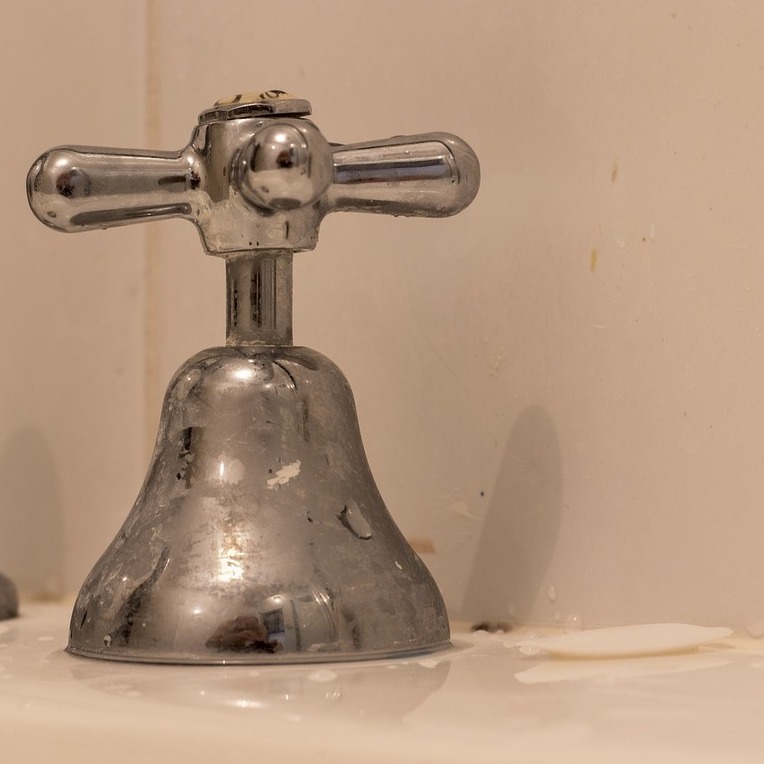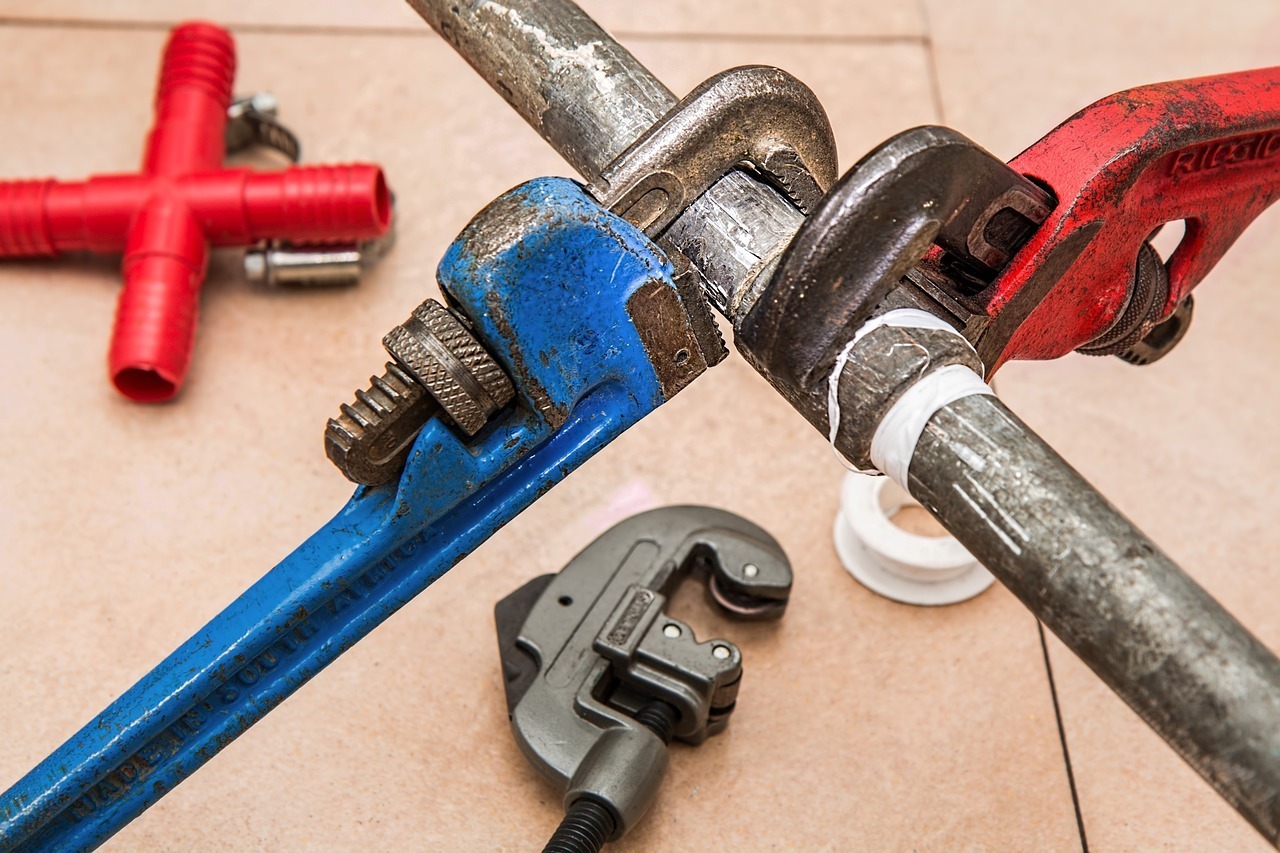If you're questioning how to understand when you need to re-pipe your house, there are a few essential questions you need to ask: Have the Pipes Surpassed the Average Lifespan?
The age of the pipes is one of the greatest indications to determine whether re-piping a house is essential. The older the plumbing system, the higher the possibility of deterioration and damage inflicted on a house. There are some older communities all over the San Francisco Bay Area, communities in San Jose, Milpitas, Fremont, and Newark that would benefit and conserve with new piping. The length of time a plumbing system works effectively depends predominantly on the material of the pipes; the average life-span of different kinds of piping differs extensively:
Pipeline Material Average Lifespan Galvanized Steel. 20-- 50 years. Brass. 40-- 70+ years. Copper. 50+ years. Cast Iron. 75-- 100 years. Plastic (PVC, CPVC, PEX). Indefinitely.

If your pipes are nearing completion of their life expectancy or have actually surpassed it, it's time to think about whole-house re-piping.
It's also crucial to bear in mind that pipes can operate for longer or shorter than the predicted life expectancy depending upon if they are well kept or whether they are exposed to tough water (water heavy in mineral material) that speeds up corrosion. If the pipes have actually not reached completion of their life-span yet and have gone through harsh conditions, re-piping might be necessary.
Are the Pipes Made of Lead, Polybutylene, or Galvanized Steel?
No matter if the pipes are well preserved, if your plumbing system is made of lead, polybutylene, or galvanized steel, then they need to be entirely replaced. These piping products are largely found in older homes and present significant concerns to your health and your house:
Lead Pipes: Utilized in the early 1900s, lead pipelines were the common option for pipes systems in homes until it was discovered they leach lead into the drinking water, triggering lead poisoning.

If lead pipelines exist in your house, then re-piping is definitely necessary.
Polybutylene Pipes: Prevalent from the 1970s through the 1990s, polybutylene pipelines are a type of plastic resin that is exceptionally prone to damage. The threat of polybutylene pipelines lies with the high threat of failure and extreme damage that could be done to your house as the pipelines break and leak. It is highly recommended to change this kind of piping.
Galvanized Steel Pipes: This product increased in popularity after World War II and remained in use through the 1960s and 1970s. Covered in a layer of impure zinc, galvanized steel pipes can possibly launch lead together with other hazardous chemicals into the water supply as they corrode. Find out more about galvanized steel pipes, the dangers they pose, and why they need to be changed with PEX.
Are You Experiencing Constant Plumbing Problems?

If your plumber is on speed dial, it's a clear sign re-piping is required. Experiencing frequent leakages or other concerns related to old and rusty pipelines is a headache that needs time and money to fix. Whole-house re-piping might be needed to totally fix the plumbing problems.
There are a handful of typical concerns that are normally present if it is time to replace your pipes system. If you are experiencing any of the following issues in your home that require consistent upkeep, it might be time for a re-pipe:
Dripping Pipes: Numerous things can cause pipelines to leak. If the main problem is localized to just one area of your house, then it may merely be a singular pipeline or joint segment that needs to be replaced. Nevertheless, if dripping pipes are a problem all over and there are problems such as corrosion or water staining, then re-piping your entire home is likely necessary.
Low Water Pressure: Water pressure should maintain a consistent state over time. Nevertheless, if you have discovered the pressure decreasing, then you may have a problem with your pipes, and they may be due for a replacement.
Pipe Corrosion: Assess the condition of your pipes by trying to find corrosion damage and signs of rust. If either of these is clearly obvious, then it is time to re-pipe your house.

Rust-colored Water: The color of the water can be a fantastic sign of the condition of the pipelines. An example is pipelines that turn red in color when they are rusting, and corrosion is taking place. If there is staining in water when you switch on the faucet, that ultimately becomes clear, there might be serious damage or deterioration in the interior sections of the pipe, and it is probably time for re-piping.
Extreme Temperature Changes:
When adjusting the manage of a faucet, if there is a disproportionate change in the temperature of the water when more than one outlet is in usage, it might be an indicator that pipes require to be replaced.
Sounds Coming from Pipes: Older pipes will often sound creaky or loud. If your piping system is producing more noise than what is normal, then it most likely requirements updating.
Off Smell in Water: Water that tastes or smells poor can be a strong indicator of pipes that are deteriorating. This might indicate a singular, larger problem or a few smaller sized concerns. Regardless, it is time for a re-pipe.
Contact a Legacy Plumbing and Rooting Inc. to Replace Your Pipes
If you respond to "yes" to these questions, then you need to consider re-piping your home:
- Have your pipelines exceeded the average lifespan?
- Are your pipes made from lead, polybutylene, or galvanized steel?
- Are you experiencing continuous pipes problems?
The next action is to get in touch with the Legacy Plumbing & Rooter Inc. to examine your house.
They'll be able to assess the state of the plumbing system, identify what needs to be changed, and compute how much the re-piping will cost. Let our re-pipe specialists ensure your house is up to date and up to code.

 Add Row
Add Row  Add
Add 






Write A Comment